
https://www.youtube.com/watch?v=akMRUeEkIQw
Intro to Assessments
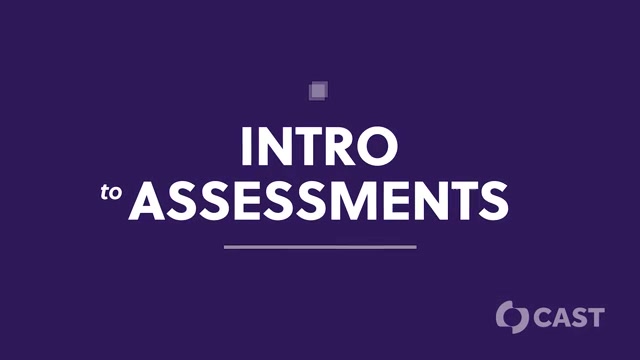
Hey , everyone .
I'm your host , Amanda .
And in this video , we're gonna be talking about assessments .
Oh , I love assessments .
With me , I have Tracy .
She's a former special education teacher and an assessment guru at CAST .
Hey , Tracy .
I was just saying that in this video , we're going to be talking about types of assessments , improving assessments , and challenges to assessments .
Okay , Amanda .
But why are we really here ?
I think you're leaving else .
Alright .
Meet Bill .
Bill is an implementation specialist at CAST and a former principal .
I'd say we're here now talking about assessment because of 1 word , COVID 19 .
COVID 19 .
What I'm getting at is that we've just experienced a national pandemic that totally disrupted education and now teachers are coming back to the classroom , undoubtedly stressed and feeling even more pressure to help students move forward while still meeting the curriculum and academic standards that have been ordered by the states and their schools .
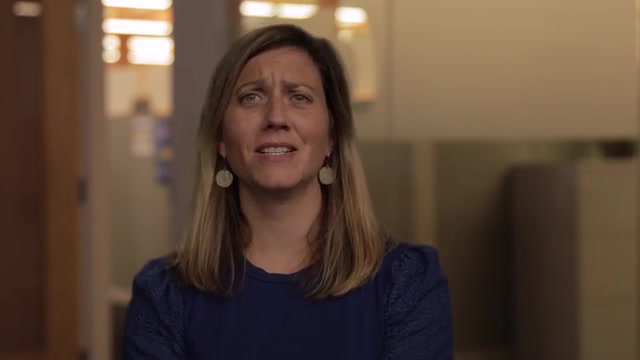
And looking to the coming school year , recent national surveys have revealed that during COVID , about 25% of students essentially stopped attending class and that students might lose half to all of their progress in math .
Okay .
That's bleak .
So what do we do ?
Well , that's a really complicated question .
But 1 thing we do know is this .
We are going to need information .
We are going to need to figure out where the gaps are , what the students actually learned , and what they missed out on .
We need to know what's going on to plan what and how we will be teaching , and that's exactly what assessment Allison is a curriculum and design specialist at CAST .
She's also a former high school and community college life science teacher and a published author .
We are going to need to learn a lot about what students know and can do .
And as educators , we do this all the time through assessments .
Assessment is the technique we use to find the information we need to understand what happened and what we can do to help .
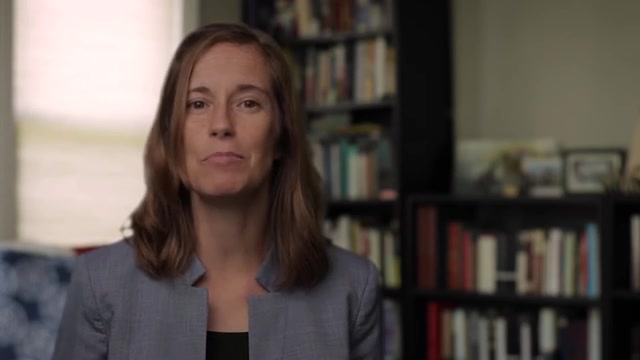
And the good news is teachers are already good at that .
Assessments are the linchpin in the learning cycle .
They reveal where a student is at and point to where we should go next .
Like a GPS ?
Exactly .
It's like if we're driving to California and we get halfway Hold that thought , Bill .
We'll get to the GPS example .
I know you love it .
I think our main message is that we need to design assessments that really focus on each student as an individual .
We need to assess their strengths and challenges and help them move forward , not just because of this pandemic , but because it's good for teaching and it's good for kids .
Now before we get deeper into assessment , I wanna let everyone know that from time to time we'll be putting some questions up on the screen .
If you're watching this alone , you can pause the video and write down your answers .
Or if you're watching this video as part of a small group or professional learning community , you can stop the video and have a discussion .

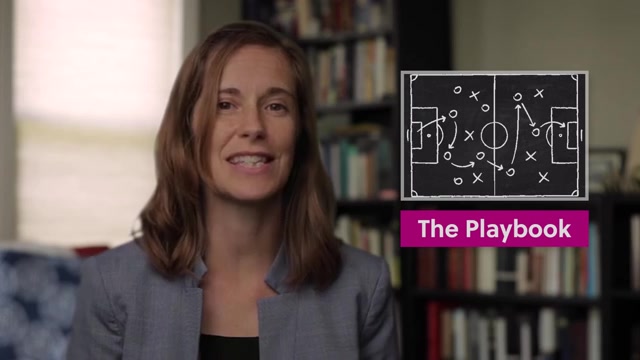
These questions are also in the assessment playbook , which is a document filled with resources , questions , comments , and ideas that was designed to be used in conjunction with this video series .
Okay .
So assessments are tools we use to gather information .
Sounds simple .
Of course , with COVID Yeah .
We know that at the start of the year , we're going to have a wide range of understandings , backgrounds , worries , and concerns this year more than ever , which is where formative assessments come in .
I think every assessment is a formative assessment .
Just 1 step in a very long learning journey .
Okay , Bill .
But for the rest of us , we have 2 categories .
Summative assessments , which are often those large end of unit measures , and formative assessments , which are usually shorter .
They help teachers determine where students might have gaps in understanding during the instruction and learning process .
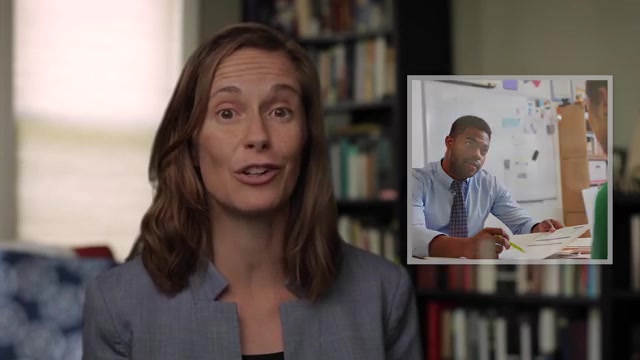
True formative assessments are an ongoing and embedded effort to understand our students' learning .
They are a 2 way street creating a dialogue between the students and teachers about learning .
An assessment becomes formative when we use the data to inform our teaching practices to support students' learning .
I guess we could use the GPS analogy now .
Do it .
Imagine I had 2 weeks to drive from New York to Los Angeles .
I might know I'm going the right way because each night the sun sets in front of me in the west .
2 weeks go by and I get a summative assessment that tells me if I made it or not .
Hopefully , I made it , but if not , I can't really do anything about it because my time has run out .
Now if I had had formative assessment along the way , like if every time I enter a new state , I get feedback about where I am and which way I'm headed , that would have really helped me emotionally and cognitively , and I probably would get there faster and enjoy the ride more .
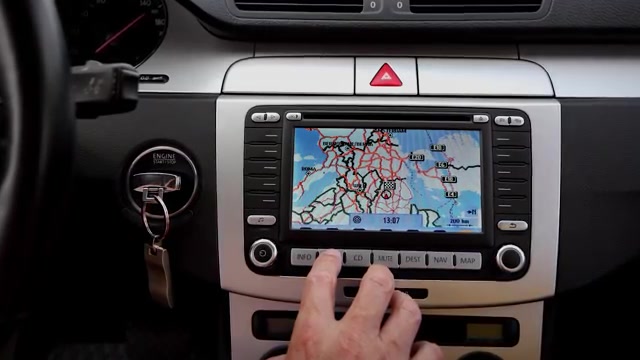
The GPS gives formative feedback that allows us to adjust our course in the moment .
Formative assessment can be questions about content or about students emotional state , and these can be built into exit tickets or seen in students work .
They can also be specific types of feedback , teacher to student or student to student .
If you're assessing reading for example , it could be observing student pairs reading to each other .
It was a big moment for me when I realized that we get formative feedback from students all the time .
I just had to shift my mindset and the way I looked at student work , how I looked at or assessed students' interactions with me , with each other , and their environment .
I realized that was all data for me that I could use as I thought about the best way to teach and design instruction .

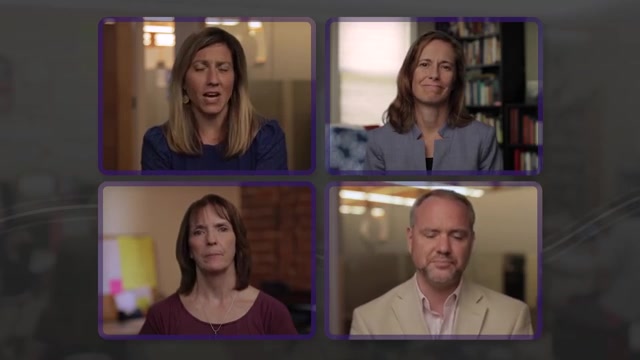
I have to admit that right now when I think of assessments , I'm really just worried that my kids are going to start the year with a lot of gaps and that they're not gonna do so well in the assessments I usually give them or on standardized tests .
You know , Amanda , I think the term assessment has developed a frightening or negative kind of context .
Assessment is associated with accountability and high stakes standardized tests and that gets us obsessing about gaps .
People often talk about achievement gaps or opportunity gaps or learning gaps and they essentially mean a student has not demonstrated the level of learning that we would want to see at this point .
And I think we need to be careful with the idea of gaps because it can so easily cause us to get caught up in focusing on what students cannot do , a deficit model .
That can be a problem for many reasons .
1 being that students have to fail before they get help .
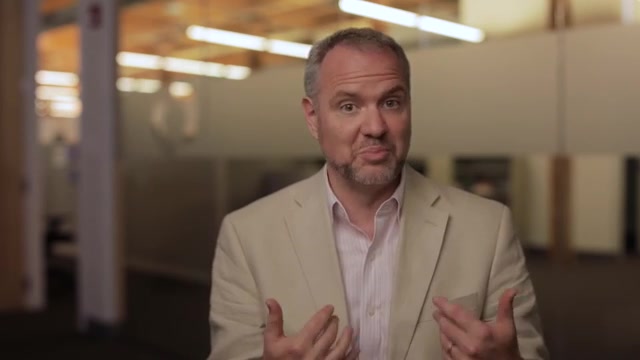
I mean , if I'm a kid and I didn't do math for the last 5 months , I might resist just opening up and having a conversation about my gaps , or I might become really nervous if I knew I was going to get assessed right away on my math skills .
If we aren't careful about how we gather information , we could communicate to students that we think they're going to be way behind at school , which can be detrimental to students learning .
Instead of focusing on the gaps in student learning or where they're supposed to be by now , what if we use assessment to find out where kids are and how they learn best so we can design to support their learning .
But wait , to do this , we have to identify barriers .
Okay .
I'll bite .
What's a barrier ?
Like a roadblock in our driving .
Barriers in education are roadblocks in a student's learning environment that prevent them from reaching a learning goal .
Barriers come in all shapes and sizes .
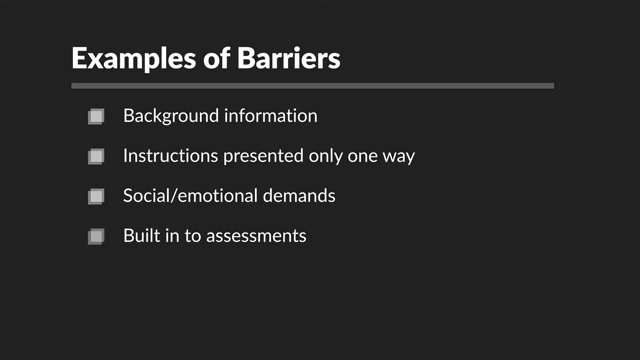
Barriers could be in the background information or having instructions presented only 1 way , or even the social emotional demands of regulating during school .
And sometimes , barriers are built into the assessments themselves .
Alright .
1 kind of small silly barrier is the spirals that are on the left side of the notebook .
Look , I'm left handed .
I had to hand write all the way through elementary and middle school , and it was hard and laborious .
The spiral .
It wasn't until I learned how to type in high school that I could really develop my writing skills and focus on getting my point across rather than how sweaty my hand was , how much I was smudging what I wrote , and how much I hated handwriting .
Bill , this is actually a great example and it makes me think about a key point .
Barriers are in the learning environment , not the student , and that's so important .

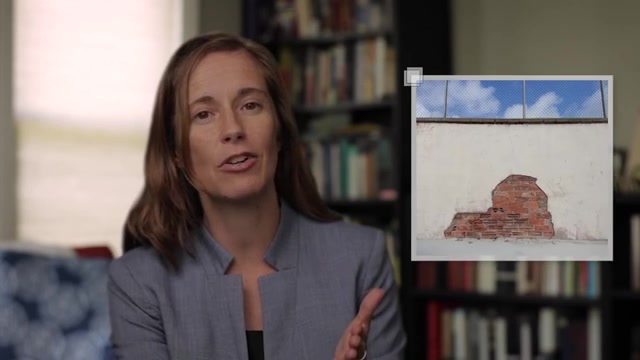
As we design assessments , we need to start with a common assumption that there are barriers preventing students from accessing the learning , but these barriers are not in the students themselves .
As a wise scholar once said , when a flower doesn't bloom , you fix the environment in which it grows , not the flower .
So instead of trying to fix the student , we look for ways to improve the student's environment , which in this case includes removing barriers from our assessments .
But barriers can also get in the way for teachers when it comes to designing good assessments .
Definitely .
Assessments are often associated with taking a lot of time and requiring a ton of grading , but it doesn't have to be that way .
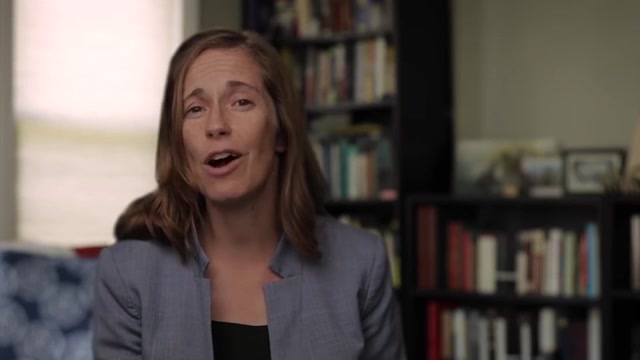
If we expand our notion of assessment to include anything that helps us gather information about where students are and how we can better help them learn , we find lots of ways to assess for learning that do not need to add a ton of time and grading , and it can be engaging .
Right .
Totally .
So we wanna shift the mindset on assessment from a negative reflection on what we as teachers or students have accomplished or failed to accomplish , to seeing assessment as an integral part of learning , and something we can share and discuss with students themselves .
Okay .
So we want good formative assessments that are barrier free .
But do we really even understand what good assessments look like ?
Maybe ?
Tell us , Tracy .
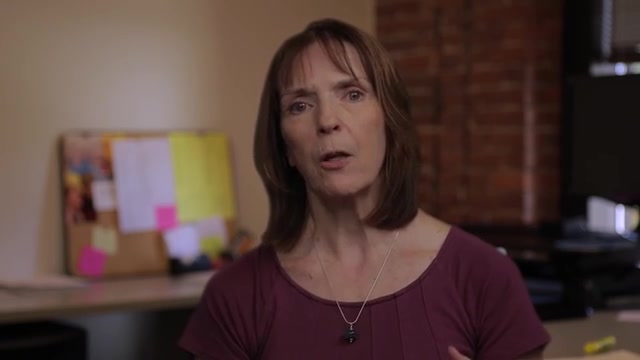
Well , in thinking about assessments , whether you're creating them from scratch or using an assessment that's already available , there are some characteristics we can use to evaluate the quality of that assessment .
We can ask , how is the assessment linked to the learning goal ?
How does the assessment engage the learner ?
What barriers might students experience ?
When we spend some time evaluating our assessments using those 3 questions , we find places where we can make small tweaks that significantly increase the quality of the assessment and improve the information we can gather from the assessment .
We'll get into more detail on how to analyze assessments for barriers in our designing and evaluating assessments video .
But for now , let's do a rapid fire list of our 7 favorite tips to ensure we are addressing these central questions .
Of course , not every assessment has all these features , but these tips can help us improve our assessments .
Number 1 , align assessment with the learning goal .

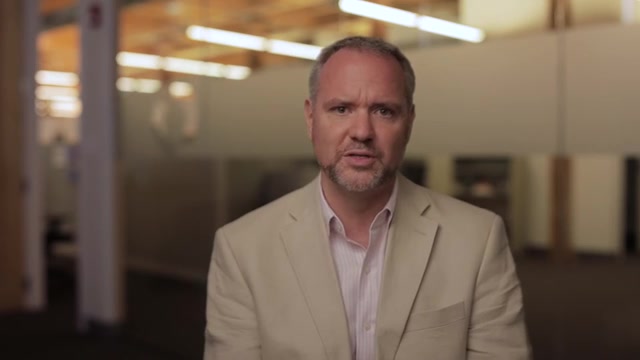
As Tracy mentioned , assessment should target very clear learning goals and we need to ask if a given assessment down to each question or item is really assessing that learning goal .
A lot of questions on assessments are going after too many things at once or they end up mainly assessing how well the student understood the instructions or how comfortable they are in a certain mode of presentation .
Number 2 , provide multiple ways .
Good assessments provide students different ways to show what they know .
If we always assess students in the same way such as through writing , we may miss opportunities to really see what students know because writing may be the barrier .
This makes it hard to really know if gaps are in student learning or our problems with the assessment itself .
Sometimes we say this as high expectations , but flexible means .

So while still holding high expectations for student work , we can ask ourselves , could the assessment be designed to allow a student to write or draw what they know ?
Could the student demonstrate their knowledge out loud or with action ?
Can they type their response ?
Would speech to text or text to speech be helpful ?
Can they choose the topic ?
Number 3 , examine how well students can transfer learning to meaningful situations .
For example , a teenager might be able to ace the written part of their driving test , but then applying that knowledge to a new context on the road , we may see that they don't have the full ability to be a safe driver .
Here , we really reveal the limitations of the first assessment and we see the importance of assessing learning in different ways that are important in real world examples .
Number 4 , look for barriers .
Assessments can be loaded with barriers .
For example , does the assessment only make sense with certain cultural knowledge ?
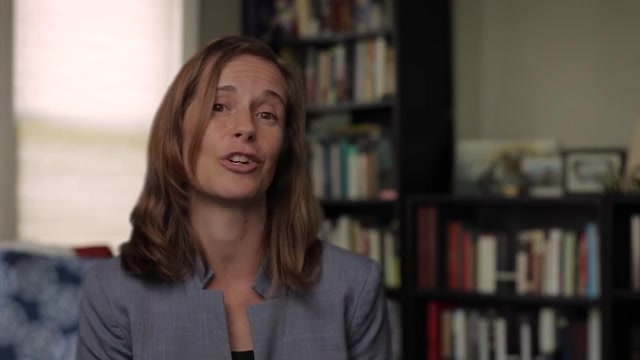
Let's say of holidays like Halloween or Christmas .
Like what the heck is a jack o lantern ?
Number 5 , empower students to learn how they learn .
Good assessments empower students by helping them learn about their own learning process .
When a student has a variety of ways that they can respond , both student and teacher will gain insights into how that student learns .
When students are actively bought into their own learning processes , they may even start setting their own goals .
We call this building expert learners .
We want to look for ways to give over ownership or invite students into ownership of the assessment process and the results of that are so powerful .
Number 6 .
Look for informal assessment opportunities .
1 of the silver linings of remote learning was that it pushed us to work with parents and families in new ways .

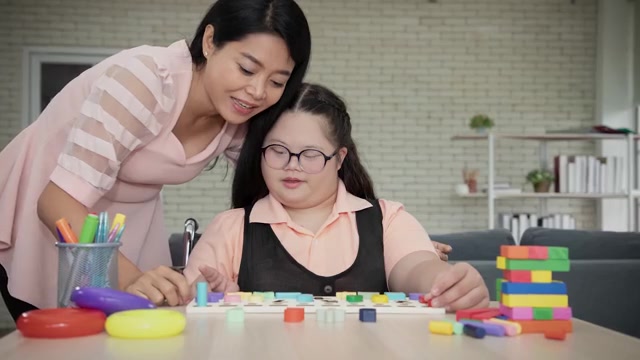
Given the amount of school missed already and the potential for remote or hybrid learning in the future , parents and caregivers are critical sources of formative assessment information .
This year , there's an opportunity to prioritize gathering information from parents as early as possible about what the experience of COVID was like for their child , asking parents and caregivers what worked best or didn't work during remote learning , and asking if their perspective on how their child learns changed during COVID .
Even asking , how does your child like to communicate at home ?
This could be incredibly useful information .
And number 7 , provide frequent timely doses of feedback .
Good assessments provide frequent updates to teachers and they also give frequent updates to students on how they were doing .
If we only uncover a gap or misconception after the unit test , it can be too late for the teacher and student to address it in a meaningful way since we've moved on just like the GPS .
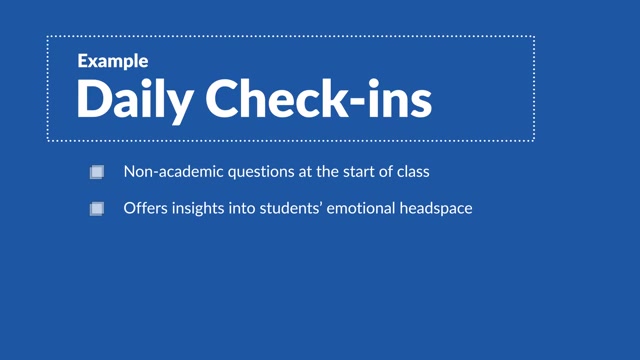
Okay , team .
So we've gone over some tips for good assessments .
Now can we talk about some examples we can use ?
I know a teacher who does daily check ins with his high school students by having non academic questions at the start of class .
This helps him get to know his students over time and can offer insights into their emotional head space that day .
This formative assessment can lead to additional conversations with students about using the power tools that day .
Going forward , this teacher will have flexible ways the students can answer the questions out loud or privately , writing or drawing , and he can keep this going in remote learning .
An example I like is an exit ticket strategy called stoplight .
It's a great way to have students reflect on their own learning , and the teacher can also use this strategy to inform future instruction .
As students are leaving the class , they put a post it note on the green , yellow , or red part of a stoplight hanging on the wall .
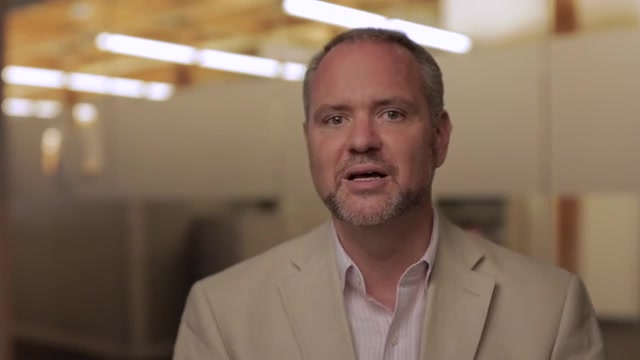
Putting it on green could be something like , something you learned that day , or something you're excited about .
A yellow light is something you have a question about , and a red light is something that you don't understand or that stopped your learning .
This formative assessment allows students to very directly help teachers to identify the barrier to instruction that they're experiencing .
Yes .
I've also seen teachers use enhanced exit tickets where they take an exit ticket that focuses on content , but then they add a question about the student's emotional state or about how they use different resources to support their learning or about where they faced barriers .
This lets them gather more formative assessment data .
Another technique I love is called mastery oriented feedback .
Mastery oriented feedback is feedback that is timely and targeted .
Mastery oriented feedback is specific to the task .
It doesn't just focus on strengths , but when addressing weaknesses , it encourages students to persist and suggests next steps .

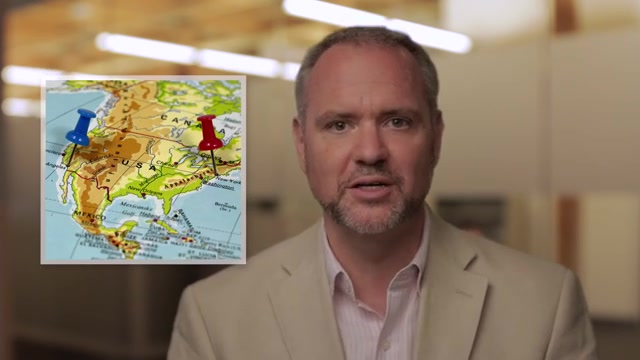
Right .
I won't learn anything if at the end of my attempt to drive across the country , the GPS says , well , you're in Texas .
I'm sorry you didn't get to California .
Right .
Mastery oriented feedback keeps students engaged with learning along the way because it helps them to see that they're making progress , and it helps them see what work they need to do to make it to their next goal .
An example would be if a student turns in an assignment , instead of just saying , good job .
Thanks for finishing the assignment on time .
I'll get your grade into PowerSchool Learning by next week .
You take the time to indicate specific areas where the student met the learning goal , maybe even reminding them of what the learning goal was .
But a teacher can't possibly give that level of feedback every time , can they ?
We can think of mastery oriented feedback like an accordion .
We might try to notice something very specific in what the student is doing and identify whether that is contributing to the goal or moving away from the goal , like closing the accordion .
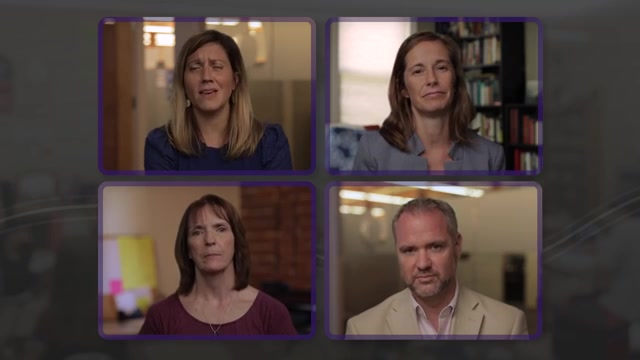
And then there are sometimes feedback can be much more broad or longer like opening the accordion .
Okay .
This gave us a few ideas that we can start with and we'll have more examples in the grade level videos .
Well , we've covered a ton .
If I had to break down the major takeaways , I'd say assessments provide information that we need to make sure students are moving forward with learning .
Now's not the time for summative assessments .
Instead , we need to really focus on gathering information quickly and accurately , so we can design lessons that meet students where they are .
Yes .
And remember , barriers exist in the learning environment , not the learner .
Meaning , we should look carefully at the assessments we design to be sure they're related to the learning goal , offer students flexible ways to demonstrate what they know and are engaging .
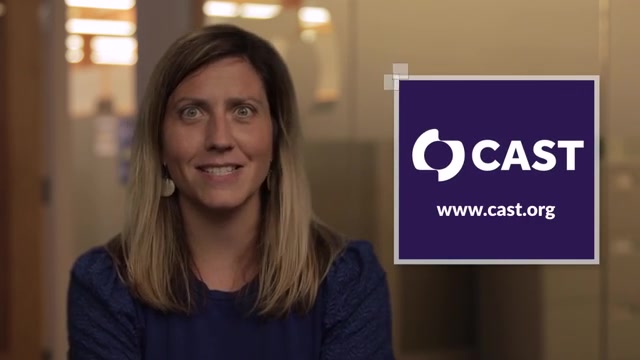
Thank you everyone for watching .
If you have questions , you can reach out to us at cast.org .
You can also find more information in the assessment playbook .
And don't forget , we have grade level specific videos available for you to watch .
These are broken down by age group .
Kindergarten through 2nd grade , 3rd through 5th grade , 6th through 8th grade and high school .
Thanks everyone .
Bye everyone .

Are you looking for a way to reach a wider audience and get more views on your videos?
Our innovative video to text transcribing service can help you do just that.
We provide accurate transcriptions of your videos along with visual content that will help you attract new viewers and keep them engaged. Plus, our data analytics and ad campaign tools can help you monetize your content and maximize your revenue.
Let's partner up and take your video content to the next level!
Contact us today to learn more.